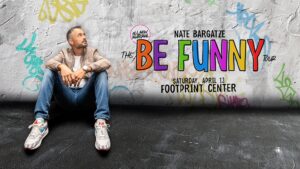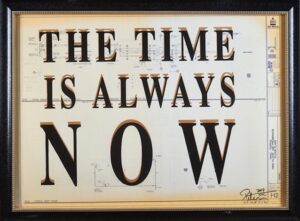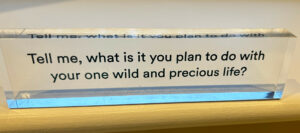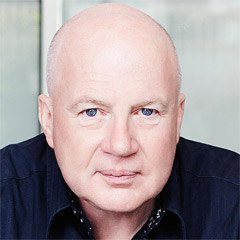Commuting – traveling between home and work on a regular basis – takes all kinds of forms. Some people enjoy it, taking time out to ponder and reflect. Some go to great lengths to distract themselves, using modern technology to read, listen to music, watch TV or perhaps even work. Some find the whole experience utterly tedious. There is a reported correlation between a person’s happiness and the brevity of their commute.
A collection of striking photographs of London commuters by Arnau Oriol captures these attitudes towards commuting. Oriol’s comments delve deeper, describing each facial expression: “At the end of their journeys – coffees drunk, papers read – they seem to be savouring their last few moments of calm before they disembark into the crowds and head to work. They’re not sad, but there is about them an air of thoughtful melancholy.”
Our attitudes towards commuting have changed over the years. Iain Gately’s new book Rush Hour: How 500 Million Commuters Survive the Daily Journey to Work covers commuting past, present and future and the changes commuting has brought in landscapes, manners and entertainment.
A related article on The Economist points out that people were eager to commute as soon as they had the chance. People could live in the city, but ideally, if they could afford the train fare, they’d move to fresher air in the surrounding suburbs. We’ve been carrying on with this trend ever since the concept of commuting first began.
Today, many of us will have a bevy of options for our daily commute. We travel by train, bus, boat, car, or we walk, run or cycle if we’re that way inclined. Colin Marshall, host and producer of Notebook on Cities and Culture said rather aptly of the relationship between a city and its commuters, “if you wish to understand London or any place else, look no further than how people move through it. This goes not just for subways, but overground trains, buses, cycleways, rickshaws, and every mobility solution in between.”
Many cities even go so far as to build transport as a means of defining their character. Enrique Peñalosa, Bogotá’s former mayor proclaimed “an advanced city is not a place where the poor move about in cars; rather it’s where even the rich use public transportation.” He has also spoken of our “need to walk, just as birds need to fly”, suggesting a need for appropriate pedestrian infrastructure in cities.
Commuting trends in the U.S. tend to favor driving alone, though the fastest growing mode of access to work is actually working from home, according to data from the American Community Survey. However, people who work from home sometimes still choose to commute – cycling for miles in the opposite direction, only to arrive back at home some time later ready for the work day to begin. To go to the other extreme, studies in the UK suggest that by 2016, 1.5 million people will be traveling to work regularly from overseas via London’s main three airports. Hope we’ll get the infrastructure to support it.






